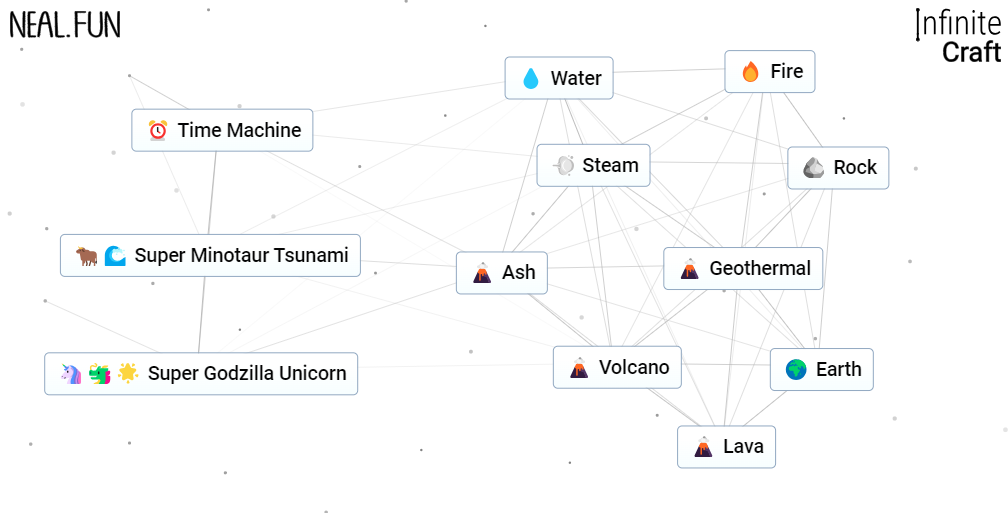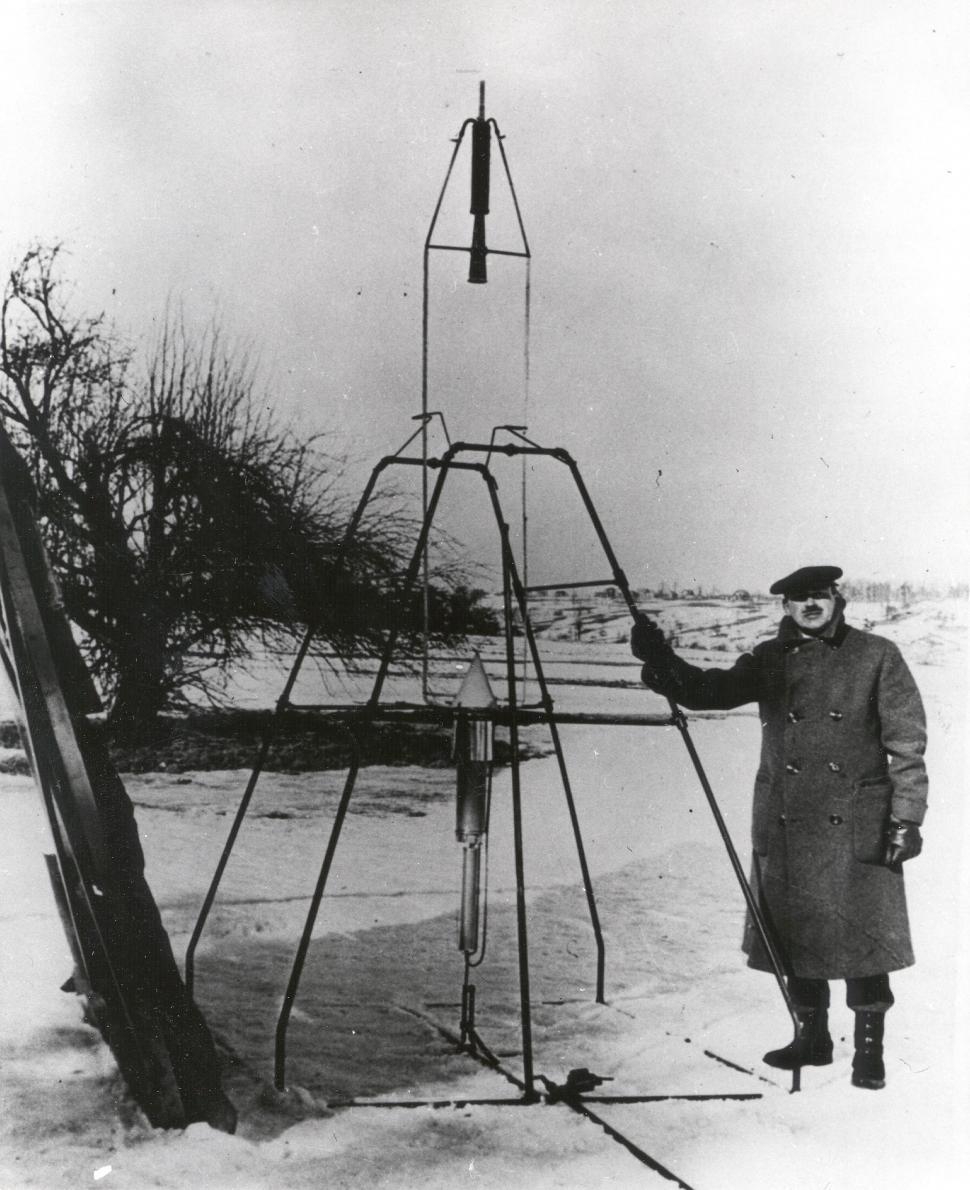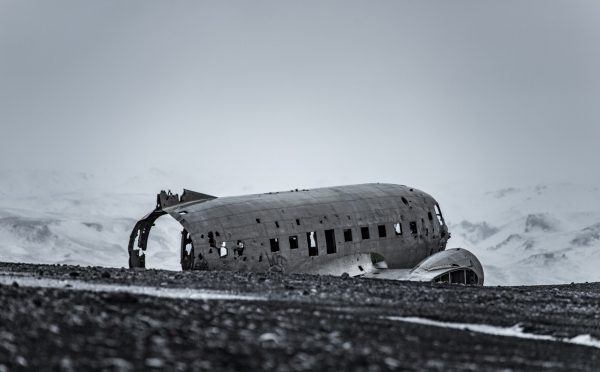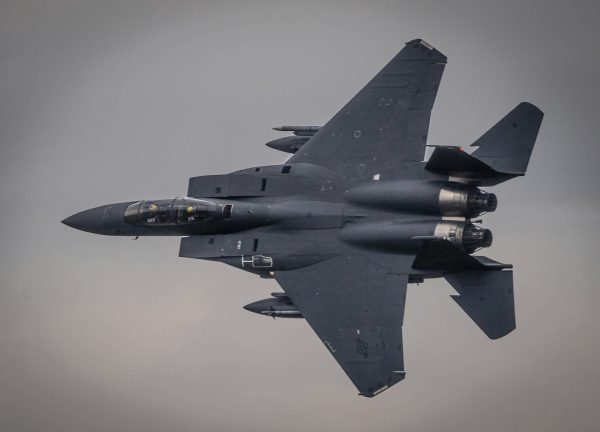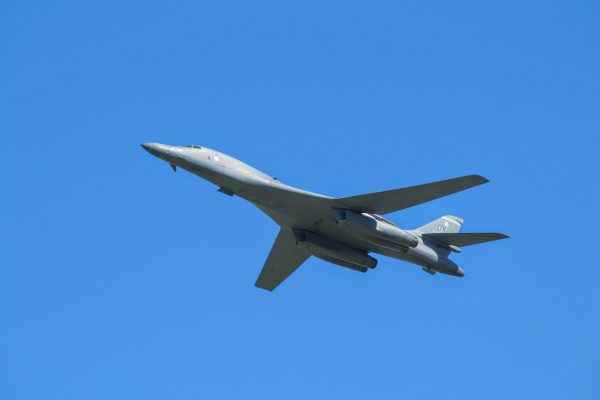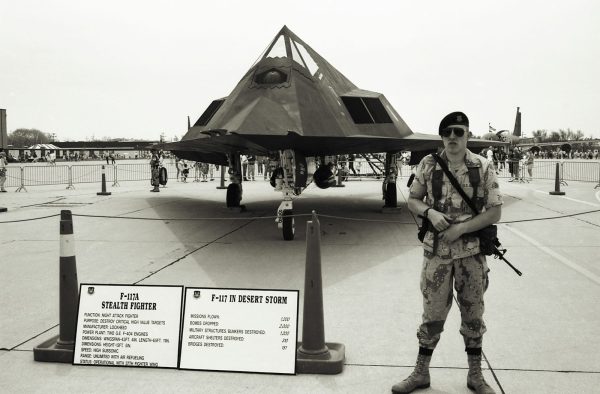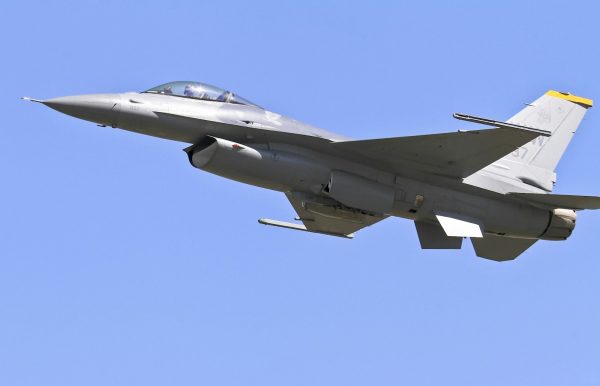B-17 “Flying Fortress”
B-17, also called Flying Fortress, is a U.S. heavy bomber that was used during World War 2. It was 74 feet and 4 inches long, 5.82 meters high, 131.92 meters wide from wing tip to wing tip.
Its weight is about 65,499 lbs when loaded with bombs. It was created by the Boeing Aircraft Company at the request of the Air Force in 1939 (called the Army Air Corps back then).
The specification called for a 4-engines, long-distance bomber at a time where bombers usually had two engines.
There are several different types of the B-17 bombers, but the common one is the model G. It was armed with 13 Browning 0.50 caliber machine guns (4 on the front, 2 on the side, 2 on the top, 2 on the bottom, 2 or 3 on the tail), and could carry 8 ton of bombs.
Usually it carried a quarter of that (about 2 tons). It’s maximum range is about 2000 miles. The highest it can fly is about 10,850 meters with a maximum speed is 287 miles per hour. They carried a crew of 13: pilot, co-pilot/forward chin gunner, navigator, bombardier (the person who drop the bombs), radio operator, top turret gunner/flight engineer, belly turret gunner, 2 waist gunners, and a tail gunner.
They were put into service as soon as the U.S. joined the war, flying from Great Britain to bomb German targets (usually factories that are making weapons).
At the early part of their bombing run, the bombers would usually be protected by short-ranged escort fighters (such as P-40), then the these fighters would retreat because they would run out of fuel if they continued. Later in the war, the legendary, super long-distanced P-51 Mustang accompanied the B-17.
The B-17s had FLAK and anti-aircraft cannons. They got their name, the “Flying Fortress,” because they are so tough, they charged through all of this, drop their payload, and got out of there. There are records of B-17, bullet-riddled, engines burning, and pieces missing, still manage to get back to their HQ. After the war, many of the surplus B-17 were retired from services and many have become search and rescue and/or forest fire-fighting planes, carrying water and foam bombs rather than the High-Explosive bombs they once did.
Related Stories:
http://www.aviation-history.com/boeing/b17.html
Word War II: America’s Heavy Hitter – The B-17 Flying Fortress
https://www.boeing.com/history/products/b-17-flying-fortress.page

